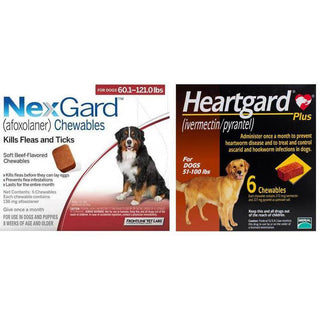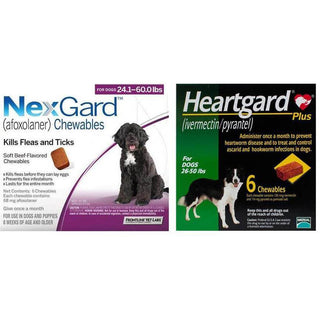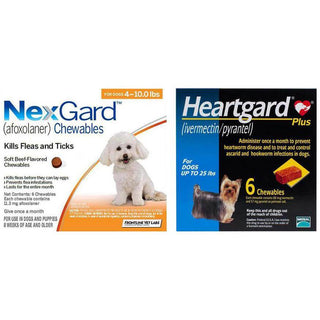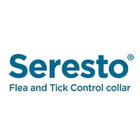
Bathing your dog is more than just a routine—it’s an essential part of keeping your furry friend healthy, comfortable, and smelling fresh. While most dogs don’t need daily baths, regular grooming helps maintain their skin, coat, and overall hygiene. Many pet owners wonder: How often should I bathe my dog? What products should I use? How do I make the process stress-free?
This complete guide will answer all your questions and walk you through every step of giving your dog a safe and effective bath at home.
Why Bathing Your Dog Matters
Bathing is not only about a pleasant smell—it also plays a vital role in your dog’s health.
- Removes dirt and allergens: Since dogs love to explore, their coats can trap mud, pollen, or dust that may irritate them.
- Controls parasites: A bath with the right shampoo can help manage fleas and ticks.
- Prevents skin issues: Regular cleaning reduces the chances of dry skin, infections, and hot spots.
- Strengthens the bond: Grooming sessions can build trust and closeness between you and your dog.
How Often Should You Bathe Your Dog?
The frequency of baths depends on your dog’s lifestyle, breed, and coat type.
- Short-haired breeds (like Beagles or Boxers) usually need a bath once every 2–3 months.
- Long-haired or double-coated breeds (like Golden Retrievers or Huskies) may require monthly baths and regular brushing.
- Dogs that are highly active and often outdoors may require baths more regularly to stay clean and fresh.
- Dogs with skin conditions may require medicated baths as advised by a veterinarian.
Tip: Over-bathing can strip away natural oils and cause dry skin, so avoid bathing too frequently.
Preparing for the Bath
A little preparation can make the experience smooth for both you and your dog.
- For smaller dogs, a sink or small tub works well, while bigger breeds are better suited for a full bathtub or even an outdoor wash area.
- Gather supplies before starting:
- Dog-friendly shampoo and conditioner
- Towels
- A brush or comb
- Non-slip mat (to avoid slipping in the tub)
- A handheld shower or a bucket of lukewarm water
- Brush your dog: This removes tangles and loose fur, making shampooing easier.
- Protect ears: Place cotton balls gently in your dog’s ears to prevent water from entering.
Step-by-Step Guide to Bathing Your Dog
1. Use Lukewarm Water
Dogs are sensitive to temperature. Always use lukewarm water—it should feel comfortable on your wrist. Water that’s too hot or cold can scare or hurt your pet.
2. Wet the Coat Thoroughly
Start from the neck and work your way down. Avoid spraying water directly on the face or inside the ears.
3. Apply Dog Shampoo
Use a shampoo designed specifically for dogs. Shampoos made for humans may upset your dog’s natural skin pH, leading to dryness or irritation. Lather the shampoo gently, covering the entire body, including paws, belly, and tail.
4. Rinse Completely
Leftover shampoo can cause itching or irritation. Rinse until the water runs clear, ensuring no residue remains.
5. Use Conditioner (Optional)
For dogs with long or dry coats, a dog-safe conditioner helps keep the fur soft and manageable.
6. Dry Safely
- Towel-dry your dog to remove excess water.
- Dry your dog with a blow dryer set to the lowest heat, and always hold it at a safe distance. Only use it if your dog is comfortable with the sound and airflow.
- Make sure your dog is fully dry before letting them outside, especially in colder weather.
7. Reward and Praise
Give your dog a treat and plenty of affection after the bath. This creates a positive experience and makes future baths easier.
Special Tips for a Stress-Free Bath
- Start young: Introduce puppies to baths early so they grow comfortable with the routine.
- Stay calm: Speak in a soothing tone to reassure your dog.
- Keep it short: Long baths can stress dogs. Be efficient but gentle.
- Protect the face: Use a damp washcloth to clean around the eyes, nose, and mouth instead of pouring water directly.
Common Mistakes to Avoid
- Using human shampoo: It may cause dryness or allergic reactions.
- Not rinsing properly: Soap residue can lead to skin irritation.
- Bathing too often: This can strip natural oils and damage the coat.
- Forgetting to brush before and after: Skipping brushing can cause tangles and matting.
When to Seek Professional Help
Sometimes, home bathing isn’t enough. Seek professional grooming if:
- Your dog has matted fur that’s hard to detangle.
- You notice skin conditions like persistent itching, redness, or bald patches.
- Your dog is huge, heavy, or aggressive, making home baths unsafe.
A professional groomer can handle these situations with the right tools and expertise.
Final Thoughts
Bathing your dog doesn’t have to be a struggle. With the proper preparation, products, and techniques, you can turn it into a bonding activity that benefits your pet’s health and happiness. Remember—every dog is unique, so adjust the frequency and method to suit your dog’s breed, coat type, and personality.
A clean, fresh, and comfortable dog is a happy dog—and a happy dog makes for a happy home.






